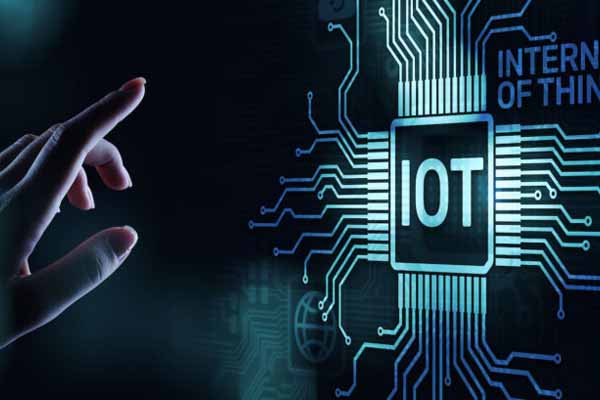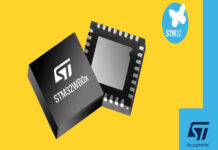The Internet has changed the way human beings are living in this era by giving everyone a voice and methods of communication while being an integral part of the daily routine. Gone are the days when people used to wait in line at the banks for cash deposits or outside the PCOs for making a call. Also, shopping has become easier with personalized suggestions and faster deliveries. This all is possible due to the invention of the internet a long time ago with constant developments that have led the world to where we are today.
The first time when the internet was launched in India in 1995, nobody had the prediction that it would be just more than a tool for industrial purposes. Now, the advancements have led the internet from dial-up connections and heavy hardware to optical fibres and wireless connections, which are accessible to anyone with the appropriate devices. Collectively the world is experiencing a technological revolution, and the internet is accelerating this process.
Internet: Emerging as a blessing for the humanity
Before the internet, for anyone to access the world news was possible with communication methods such as radios, newspapers or a world-of-mouth. Even in the initial years, it was limited to a fewer number of people due to its expensive hardware costs. But as of 2022, over 69% of the world population (or 4.2 billion people) are using the internet. Among these users, India holds the 2nd position with 145 minutes as an average online spending time. Industries have also taken this opportunity to cater to the needs of their consumers by innovating new products and delivering them in a personalized way. With a myriad of benefits this technology has provided, listed below are some of the ways how the internet has transformed the world.
Role of technology in improving communication
Communication methods have changed since the internet arrived. Telephones and landlines have been replaced by smartphones where people can make calls in no time with features of video conferencing in a hassle-free manner. With social media as an innovation, people are readily able to connect with each other through the platforms while sharing their opinions on diverse topics such as politics, social, technology, etc. The popularity of these social media has given a sense of competitiveness among the innovators to create such platforms for influencers and bloggers. Advertisements have been moved on from print media to online platforms for brand communication with prospective customers.
IoT (Internet of Things)
Internet of Things describes the products that are embedded with the sensors and software which can be used to communicate and exchange data with other devices on the internet. These devices can range from household items, kitchen appliances, cars, etc. The IoT uses technological domains such as analytics, big data, and the cloud to collect data with minimum human intervention. Internet of Things has made possible access to low-cost technologies, conversational artificial intelligence, sensor technology and machine learning while incorporating to create revolutionary products for the customers.
Easy access to information and data
Traditionally, educational institutions and newspapers were the media to get information. But with advancements in technology, the internet has opened the gates of information for anyone with a connection and a device to connect. Education has also become advanced with virtual classes, interactive whiteboards, and tablets. To facilitate education in all corners of the nation, various tech platforms have been established which are catering to every educational domain. Students do not depend entirely on the knowledge schools and can access information on any subject by mere surfing the internet.
Businesses have analytical tools which they can use to gather the prospect data and sort it to acquire useful information to get an insight into the lives of the prospective customers.
Final Thoughts
Today, the base of everything that exists in this world has the base of the f internet. Smartphones, laptops, and smart televisions are of no use if there is no internet connection. The prices of getting a connection are also gradually reduced with lighter hardware, broadband connections and optical fibres infused with Wi-Fi routers to get wireless internet which is not hampered by any network or weather issues. Optical fibres are spread across the world to deliver tons of information every day with fast internet speeds up to Gbps. 37% of the world population still does not have access to proper internet, but upcoming technological advances may bring innovations in the markets with economic cost to access the internet with wide areas covered making it another revolutionary scenario.
About the author:

Mr. Prem Oja is the CEO at Netplus.














